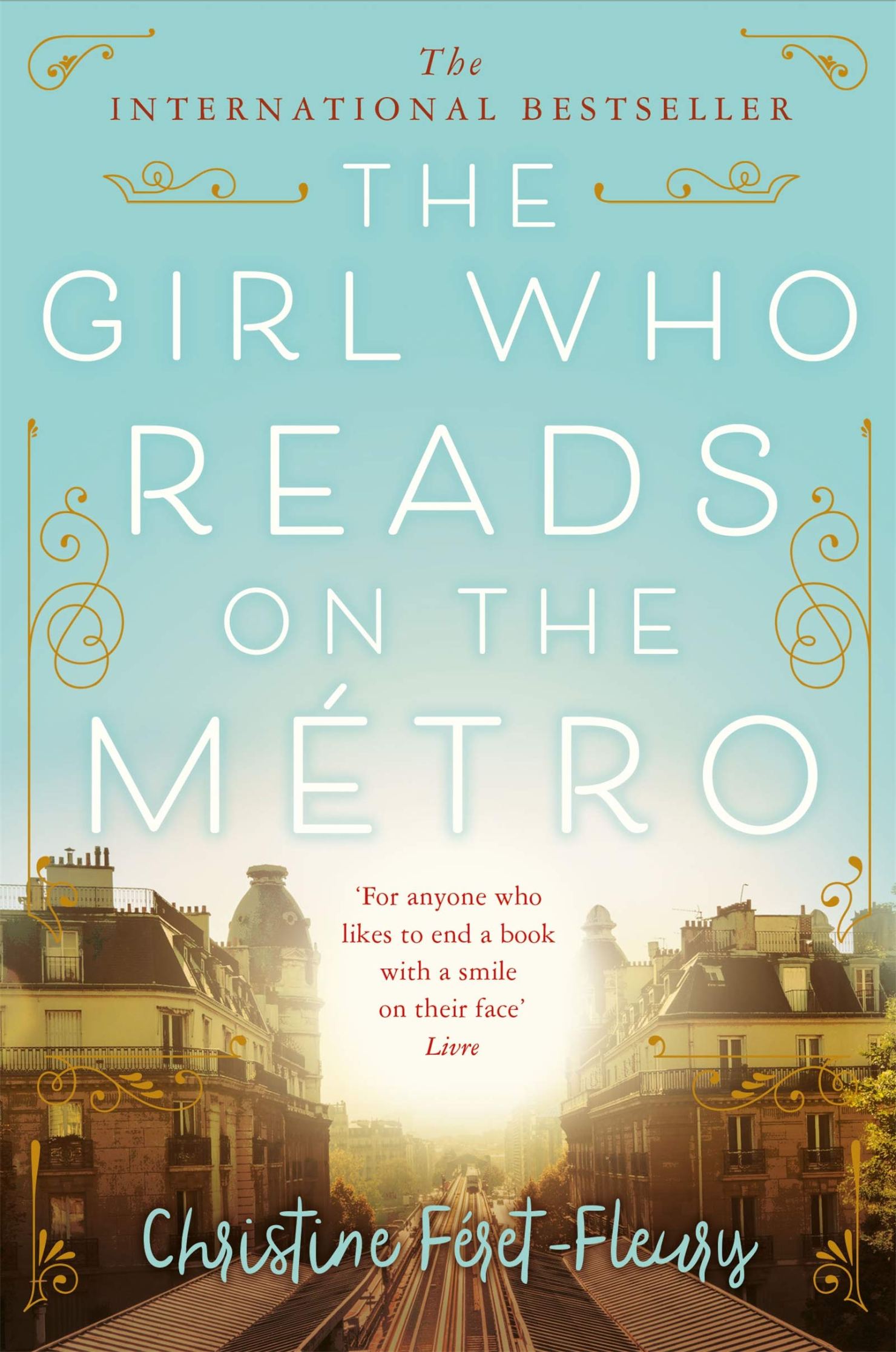Movie Review | The Innocent: Limited series with unlimited suspense
‘Limited series’ have always been my preference over seasons after seasons of ‘extended series’ where sometimes the waiting time can feel eternal (sic “Money Heist”). I am not keen on months-long wait to find what’s happening next in a story I’m already invested in—one reason I don’t much watch television series. But limited series or miniseries is completed in one season, leaving you without the gnawing feeling of ‘mission incomplete’.
When, once in a while, you come across something like “The Innocent” (Spanish: “El inocente”), and you are blown away by how much suspense and thrill an eight-episode miniseries can pack in. Released on Netflix on April 30, the Spanish television thriller is based on Harlan Coben’s novel of the same name and directed for the screen by Oriol Paulo.
A young Mateo Vidal (Mario Casas) gets into a fight outside a disco and accidentally kills someone. An aspiring lawyer, he gets four years in prison, which he completes. Back from prison, it does take some time for Mateo to adjust to the outside world but he manages to create a place for himself in the society and now successfully runs a law firm. He is also happily married to Olivia Costa (Aura Garrido) and the couple is expecting a baby.
All is fine and dandy in their lives until Olivia’s business trip to Berlin turns awry. Mateo gets video calls that show Olivia in a compromising position with a stranger and a further inquiry leads to a revelation that she has not left the country. As he begins to investigate his wife’s disappearance, Mateo also gets entangled in a chain of incidents that make him a fugitive of the law again, with time-hardened cop Lorena Ortiz (Alexandra Jiménez) after him.
With Lorena at his heels, Mateo is also forced to confront ghosts from his past and demons from present. On the other side, his wife Olivia too has a set of skeletons in her closet and there seems no end in sight for the number of problems they get into.
Suspense is the very DNA of The Innocent. Every episode has something that will surprise the audience and further draw their interest, only to take them towards another spinoff in the story. It is delightful to watch filmmakers pull off so many substories and subplots within the series, the contents of which has enough material for a few more seasons.
Suspense after suspense packed in a single season speeds up The Innocent, but nothing an engrossed audience cannot keep up with. The series does not center on a single character. Using multiple flashback scenes and also background narrations for storytelling, The Innocent gives each character its own space, story and POV.
The acting—although I am in no position to judge dialogue delivery as Spanish is not a language I understand—is convincing to the point that a non-speaker like me reading dialogues on subtitles easily understands the emotions the actors are trying to convey. This is a big win for the actors and directors.
Who should watch it?
If you like thrillers, we recommend you drop whatever you are doing and begin The Innocent asap, before spoilers start appearing all over social media. It is the type of series that you can watch now and revisit a couple of years later. (Seriously.) Also for audience who are not generally into crimes and thrillers, this could be an exception. This will perhaps also change your mind.
Rating: 4 stars
Genre: Thriller, crime
Actors: Mario Casas, Aura Garrido, Alexandra Jiménez
Director: Oriol Paulo
Run time: 7h 47mins
Book Review | The Chalk Man: A great distraction
Summer.1986. Twelve-year-old Eddie Adams and his tight group of friends spend their days biking around in a sleepy English village. To make their days interesting, as children often want to, they devise a secret code to leave each other messages only they can understand. They draw chalk stick figures. Each of them uses a different color. Then a chalk man in white—nobody in the group uses white chalk—leads them to a dismembered body of a girl who narrowly escaped death at a local fun fair. The prime suspect is a local school teacher, and the case is quickly closed.
Thirty years later, Eddie is a schoolteacher, living in the house he grew up in. He has put the past behind him and is quite content with his lonesome life—with only his lodger, Chloe, for company, and the occasional phone call or visit from his mum. Then, he gets a letter in the mail. It has a single chalk stick figure. Turns out, all his friends got the same message. They dismiss it as a prank till one of them ends up dead. Eddie realizes that he needs to find out what happened all those years ago to be able to really put the past behind him and begin afresh.
C. J. Tudor’s debut novel ‘The Chalk Man’ got a lot of attention when it was published in 2018. There were raving reviews in almost every media outlet, from The Guardian to Sunday Express. Writers like Stephen King, John Boyne (author of ‘The Boy in the Stripped Pajamas’), and A. J. Finn (‘The Woman in the Window’) were full of praise for it—calling it ‘utterly hypnotic’ and ‘completely engrossing’. Every other booktuber was also talking about it.

I had been looking for a copy for quite some time—browsing local bookstores and messaging online ones on Instagram. They had all run out of it. The book flew off the shelves, they said. It was that popular. Right before the lockdown, I finally found it at Pilgrims Bookstore in Thamel, Kathmandu. I had wanted to read The Chalk Man for so long that I actually put off reading it so as to always having something to look forward to. I would have probably kept it on my TBR pile for a while. But then the bleak times we are living in soon had me searching for an escape: I needed a fictional horror story to replace the real horror narrative in my head.
The Chalk Man was just the book I needed. Alternating between two timelines, the story is convincingly told. Each chapter makes you want to read the next. There are so many twists that each time you are convinced something is true, something else seems more likely. The characters are well crafted and Tudor’s simple writing style makes it easier for you to relate to all their contrasting emotions. I wouldn’t call it perfect or the best thriller/horror I’ve read. But Tudor was able to conjure some really vivid morbid scenes in my head and for that, I’ll highly recommend this book. I will also now search for the author’s other titles.
Fiction
The Chalk Man
C. J. Tudor
Published: 2018
Publisher: Penguin Books
Language: English
Pages: 345, Paperback
Movie Review | The Boy: When loneliness makes you kill
What makes for a good film? The story? The cast? Big budget? Huge production? Extravagant set designs? Heavy VFX? The answer probably is, we don’t know yet. Some movies with millions of dollars of investment don’t last a weekend in theaters and some with a fraction of their budgets become cult classics. Released recently on Netflix, “The Boy” joins the line of low-budget films that have the potential to be cult classics.
Not to be confused with the 2016 horror movie of the same name, The Boy is an American thriller based on a short film by Craig Macneill and Clay McLeod Chapman, the genesis of which lies in Chapman’s novel called “Miss Corpus”.
The Boy is about nine-year-old Ted (Jared Breeze), who lives with his father John (David Morse), a motel-keeper at some obscure highway in Colorado. The rundown motel is their family business and it is the two of them living in the seemingly deserted highway that sees little traffic. Ted’s mother has long left them and is in Florida and he still harbors the desire to go see her someday. His father John has taken the separation heavily, almost turning into an alcoholic.
With no business as such in the estate, no friends to play with, no family to turn to and an only parent who completely neglects him, young Ted turns to keeping himself entertained by roaming around the area and collecting roadkill. His father pays him for whatever dead animals he collects. As life gets excruciatingly boring for Ted and he has to find new ways of entertaining himself, Ted’s morbid hobby of collecting dead animals turns to hunting them, first out of curiosity and then out of pleasure.
On a fateful night, Ted’s attempt to kill a deer by making it stand on the highway while vehicles speed by causes an accident. The accident brings the mysterious William Colby (Rainn Wilson) to the father and son’s life. Colby decides to stay at the motel to recuperate from the accident but the local sheriff’s office is suspicious about him. Nonetheless, he stays and forms a good friendship with Ted. But not for long.
One can’t probably write about The Boy without giving away a major spoiler, but that’s not the point of the film. Yes, the little boy Ted in The Boy turns into a serial killer. There’s nothing suspenseful about that and the makers don’t intend to hide the fact. It is the process through which he transitions that matters more.
Ted is living a life of neglect. His father has abandoned his duties towards him. He does not go to school. He has no other adults taking care of him. He does not have same-age children to play with. So Ted’s absolute boredom and freedom gives space to unchecked wantonness, which then gets a dangerous edge. The quote “as flies to wanton boys are we to the gods; they kill us for their sport” from Shakespeare’s “King Lear” becomes a description of his life. He starts killing out of boredom, for pleasure.
Most serial-killer movies either glorify the killer or demonize them. The Boy does neither. It just lets the audience get a glimpse of Ted’s life and how he metamorphosizes from an innocent young boy to a ruthless killer, all within his nine years on the planet.
The storytelling is slow and gradual. It takes time to develop Ted’s character. Child actor Breeze has done a commendable job as the troubled Ted, driving the film alone, of course supported adequately by his adult co-actors. The low-budget film banks entirely on its actors and storytelling and successfully so.
Who should watch it?
A potential ‘cult classic’ also means this film might have only a niche audience who will actually enjoy it. The onus lies on you to decide its fate. The film does have an excellent background score and its cinematography captures the vulnerability of lonliness with haunting resemblance to real life. So I still recommend The Boy to anyone who enjoys crime/thriller movies.
Rating: 3.5 stars
Actors: Jared Breeze, Rainn Wilson, David Morse
Director: Craig Macneill
Genre: Crime, thriller
Run time: 1hr 45mins
Book Review | The Girl Who Reads on the Metro: Pas mal
Books on books are my favorite kind of books. There is something immensely comforting in reading about someone who finds her way through books. It reinforces my belief that no matter what there is bound to be a book to help us make sense of things.
Christine Féret-Fleury has written over 80 of them. In 1996, she wrote her debut children’s book. ‘The Girl Who Reads on the Metro’ is her first adult novel to be translated into English.

The book caught my eye obviously because of the title but also because of the cover with Parisian houses. It just felt like a good read. It looked soothing—which is something we all need a little of right now. But now that I’ve read it, I’m kind of on the fence about it. I didn’t enjoy it as much as I thought I would but I don’t want to say anything bad about it either. It was a short, cute story but it had some major hiccups.
It’s about a character who loves to read, and who works with books. There are mentions of many books I love. But the story isn’t convincing. It’s about a girl named Juliette who lives in Paris. She hates her job as a realtor but she loves commuting on the metro where she gets to read and see what her fellow commuters are reading.
One day, she decides to get off at a different station than her regular one. She meets Soliman, the owner of an enchanting bookstore who believes books have the power to change lives. He gives Juliette a job as a passeur—someone who match-makes people with second-hand books. Juliette quits her job and then goes around giving the books Soliman assigns her to those who she thinks need them the most. Soliman, on the other hand, keeps a meticulous record of where the books end up.
It's an interesting premise. The problem is it’s not well worked on and things are a bit vague. You see all these fascinating things happening but you don’t really understand the why and the how. It’s also difficult to get attached to the characters, mostly because they feel a little underdeveloped. The connections between the characters also feel a bit forced. The writing too isn’t great but that might not necessarily be the author’s fault. Many things, I feel, might have been lost in translation.
The good thing about The Girl Who Reads on the Metro is that it’s a short book. You can easily finish it in a single afternoon. And it’s fun to hear someone talking about and dealing with books—holding them, smelling them. The idea that you could get so immersed in books that you completely forget the real world is intriguing. It’s something I’ve been contemplating ever since I finished the book.

Fiction
Christine Féret-Fleury
Originally published in France as ‘La fille qui lisait dans le métro’
Translated into English by Ros Schwartz
Published: 2019
Publisher: Pan Books
Pages: 199, Paperback



















